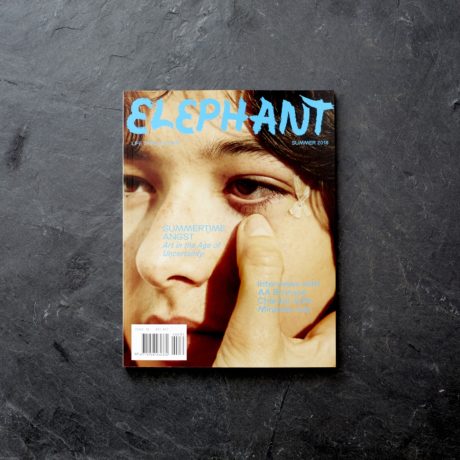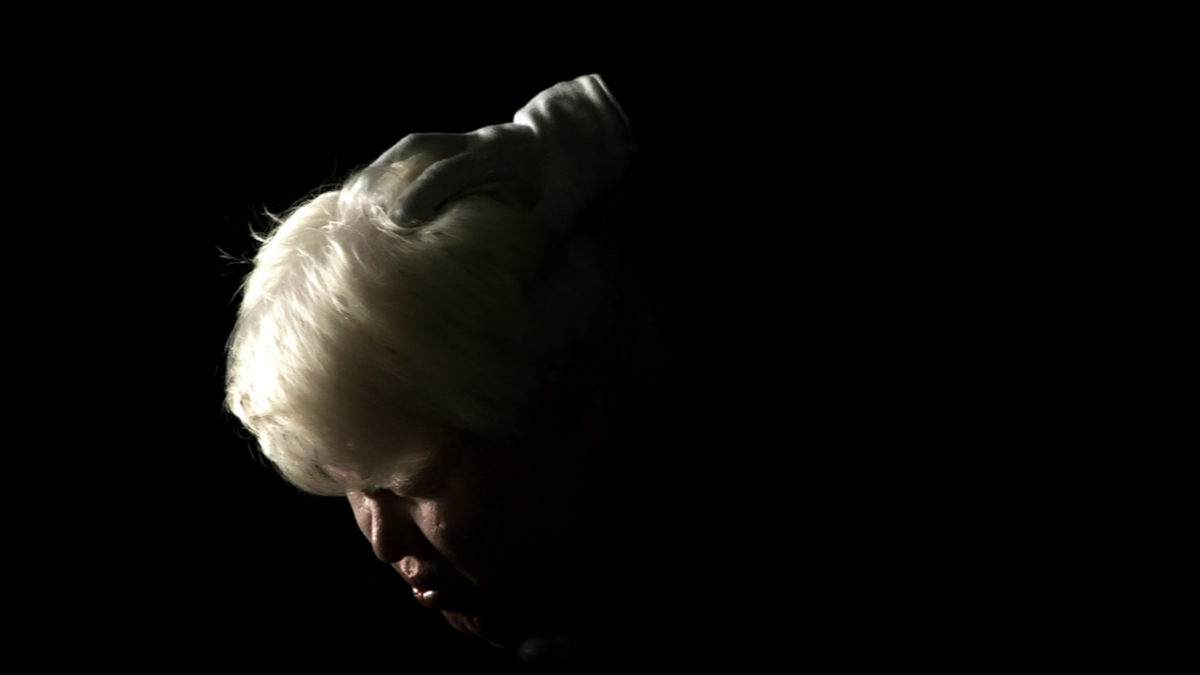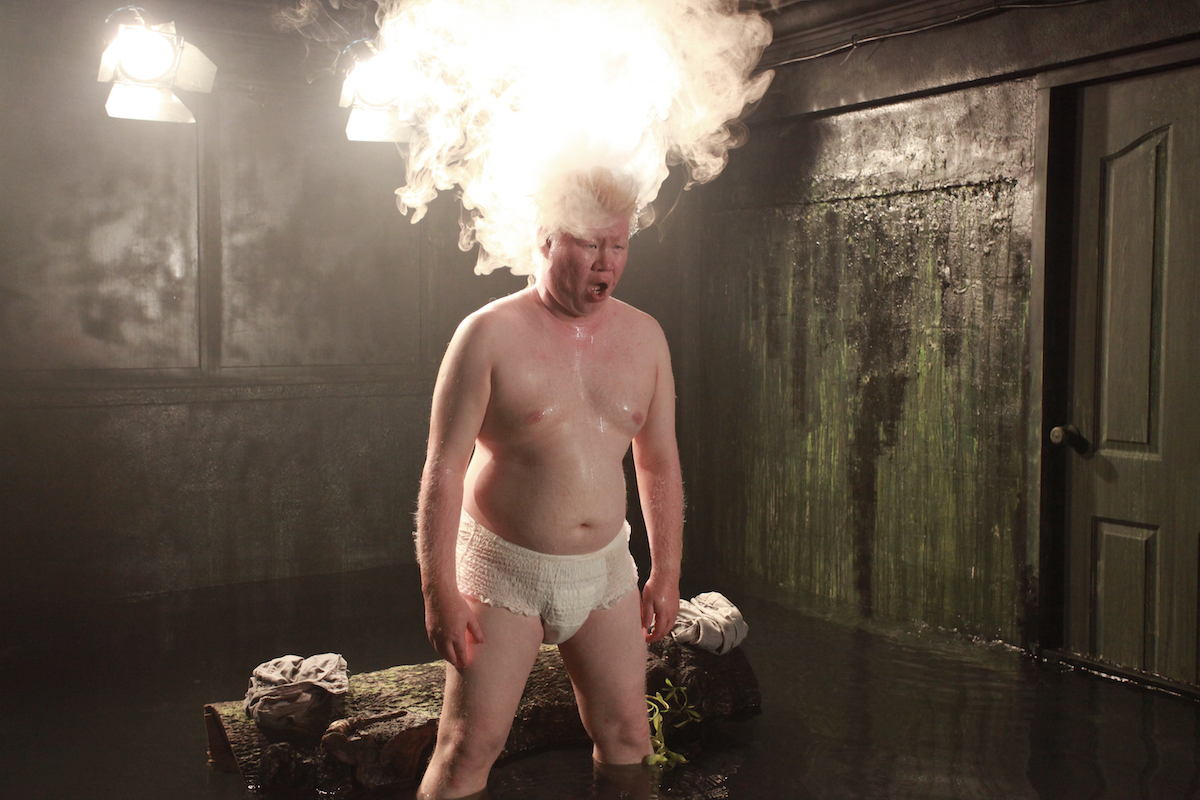
What does angst mean for you?
For me it evokes the anxiety surrounding our deep uncertainty about the state of the world, which accompanies an anguish at being unable to grasp the causes, much less act on them. So much of my work is about dealing with uncertainty, or better yet, whether to do something about it.
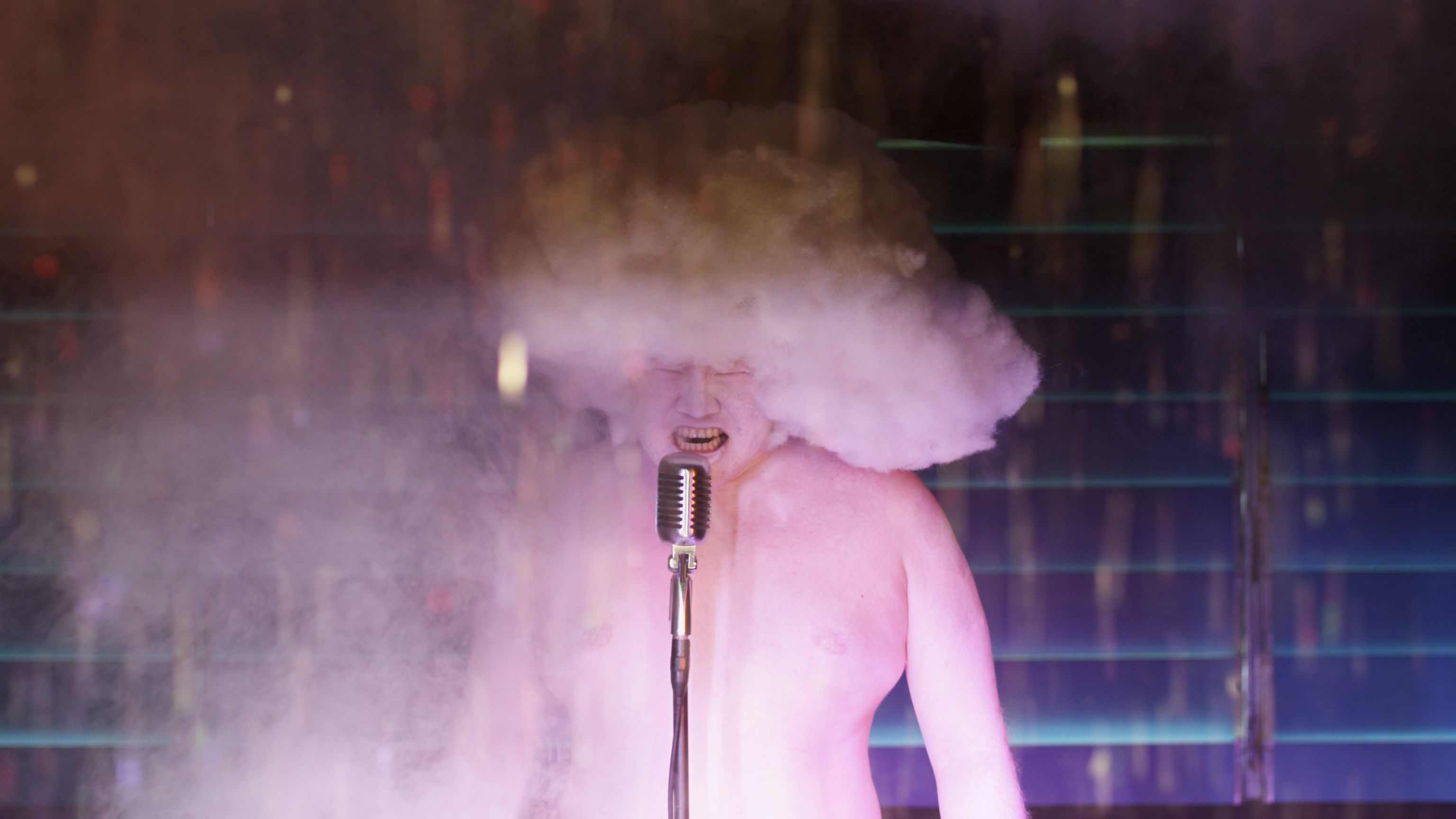
There is often an unknown or faceless presence in your work—the 2011 film The Cloud of Unknowing is a perfect example. Can you tell me a bit about how you develop this?
I was fascinated by the changing representation of clouds in painting, specifically how they have the propensity to be turned into their opposite. For example, clouds indoors suggest divine presence, but also, quite easily, madness and hallucination. Painted clouds are rocks upon which the heavenly host stands. Clouds suggest elevation, yet the act of staring up at a cloud makes one feel the downward pull of gravity, of flesh and mortality. Clouds are vast, or amorphous enough to contain contradictions.
The art historian Hubert Damisch pointed out that the Chinese had an interesting way of dealing with clouds in their monochrome ink painting, which is to depict clouds by leaving the scroll unpainted, using emptiness to evoke its metamorphic and paradoxical qualities. The Cloud of Unknowing is a machine for working through these cloud metaphors, set in a block of low-income public housing in Singapore.
“Clouds are vast, or amorphous enough to contain contradictions”
You work in film, which has a long history with angst. Why do you think this medium can capture it so well?
I’ve never thought of film in this way, but this is an interesting perspective. Perhaps this is because angst is evoked primarily through the human figure, and film—no matter how sophisticated the narrative—has remained completely figurative and anthropocentric. I wonder if there is angst in images purely of landscapes, or nature? Film, with its sense of passing time, its ability to zoom in on the faces and the flesh of its human subjects, remains for us a powerful evocation of human presence.
- Gould, 2009-2013
You work a lot with music—from punk, to metal, to classical. How does this come together with the visual in your work, and are you quite led by the emotions present in a piece of music or soundtrack when working?
For me, the aural and the visual are bundled up on a horizontal plane. The starting point is rhythm. When I work with a palette of music that is close to heavy metal, like in The Cloud of Unknowing, what I am purely interested in is the intensity, or even religiosity of the musical form, detached from the imageries and ideologies that usually accompany the genre.
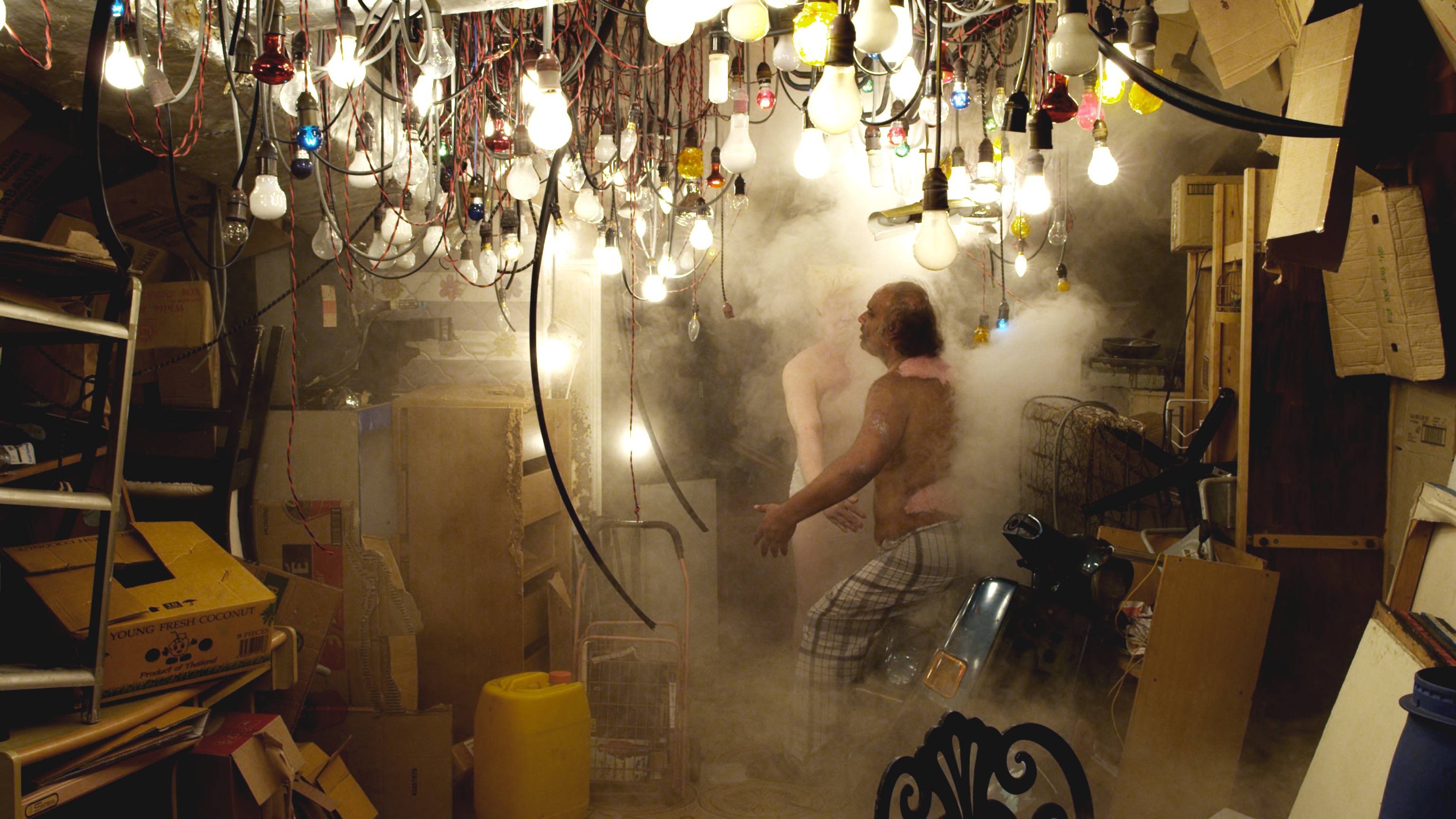
You address history quite often, not just historical art but political and social histories too. How do you think memories or tales from the past can fuel a feeling of angst and uncertainly in the present and future?
The subjects from the past that interest me are almost always specters haunting the present. We seem to live in a moment where we are not only uncertain about the state of things and the systems that we have abided by. Rather, we are slowly beginning to see that uncertainty itself is inherent within the cosmos, or in the human interface with it. And we are learning not only to come to terms with uncertainty, but more importantly, to work with uncertainty as a generative principle. I do not think it is possible to ever break from the past. The past persists, the future insists, we exist.
Change and metamorphosis are ongoing themes for you—do you find security or fear in the unknown?
For me, the unknown is beyond security and fear. It is somewhere between bliss and terror.
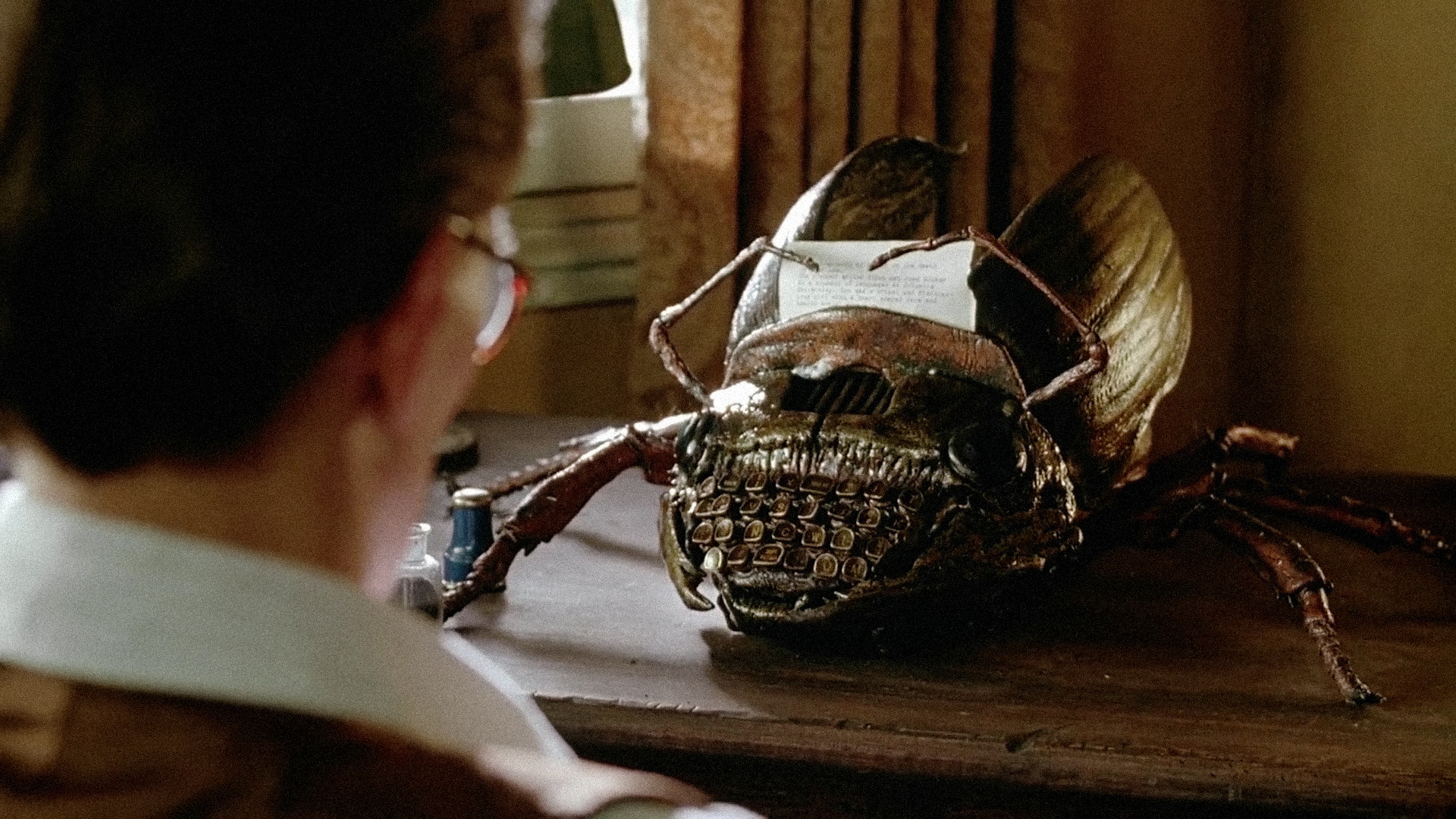
“For me, the unknown is beyond security and fear. It is somewhere between bliss and terror”
You also address creative angst in your work, most obviously in “The Name”. Can you tell me a little about how this piece came to fruition?
It refers to Gene Z Hanrahan, the first person to write a comprehensive historical account of the Malayan Communist Party, with access to special archives maintained by the police. But the oeuvre of Hanrahan, which consists of texts from a mind-boggling array of genres, spanning from technical manuals to strategic studies, historical reports and quasi-literary endeavours, suggests that there was not just one but many authors folded into the name.
The installation consisted of a collection of Hanrahan’s books and a film. The film has a voiceover, consisting of passages gleaned from the books and performed by three different American voice actors, over a sequence of images assembled from Anglo-American films about writers. In them, all the stereotypical depictions of literary labour, including creative angst, are played out.
This feature originally appeared in issue 35
BUY ISSUE 35